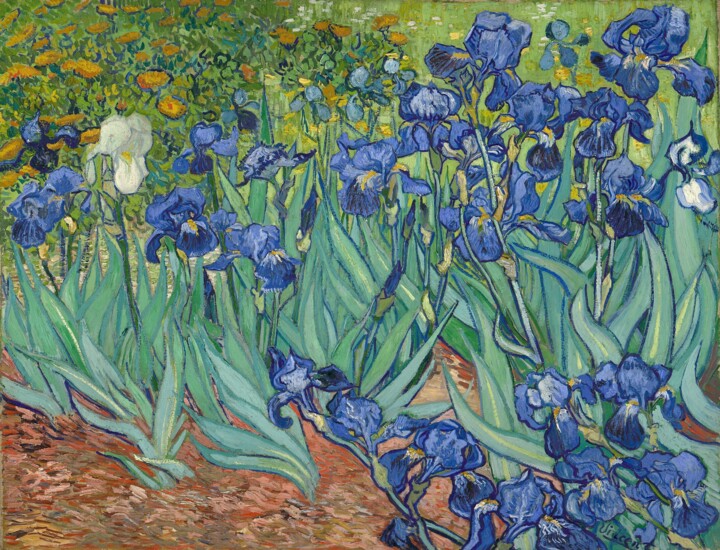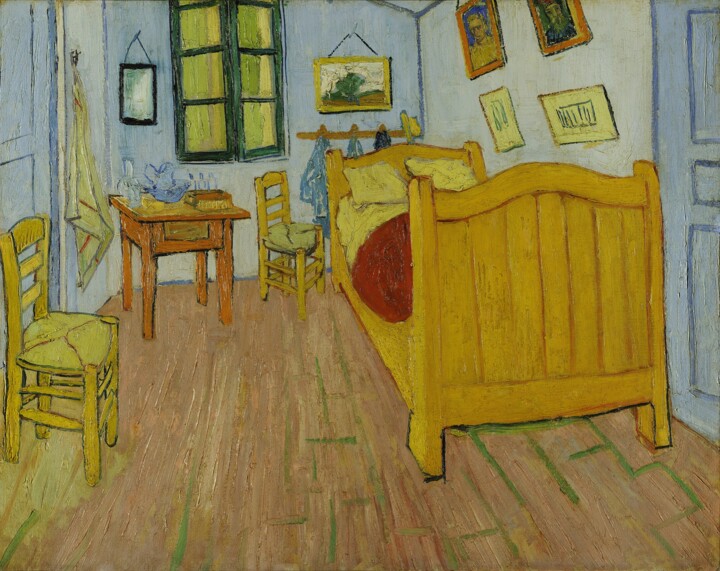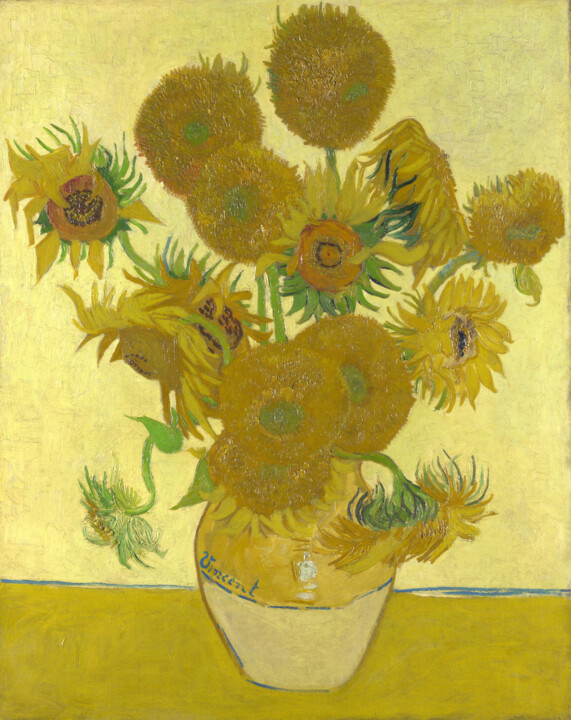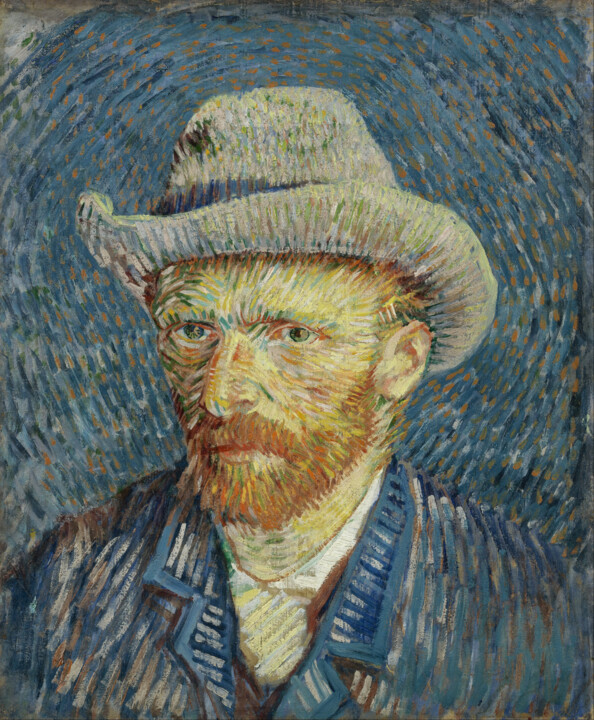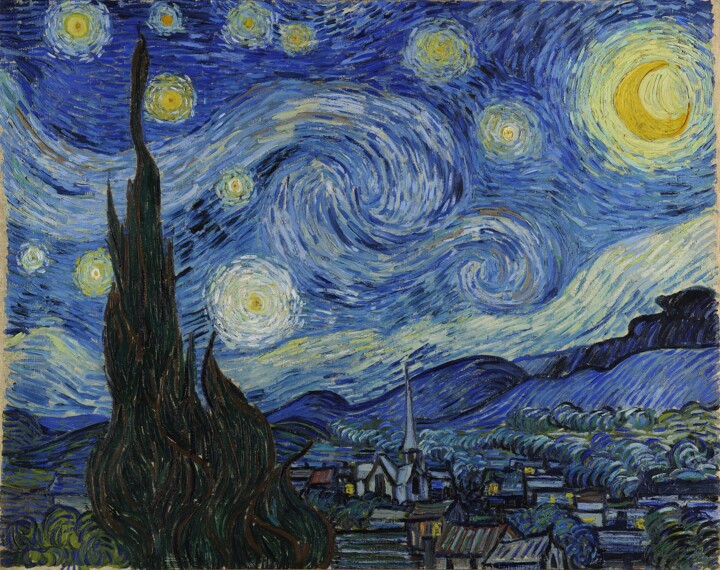
The drug baron claims to have purchased Van Gogh paintings worth EUR20m for their artistic value. He has been captured
Raffaele Empire will be extradited to Italy from Dubai in the United Arab Emirates. He is likely to face serious drug charges in Italy. Five years ago, he was the subject of a sensational police report in Italy when he discovered two Van Gogh landscapes that had been stolen from Amsterdam's Van Gogh Museum. They were hidden in a house near Naples. The case of Imperiale confirms the long-rumored links between art theft and the drug trade.
According to the Italian authorities, Imperiale is believed to be a leader of the Amato–Pagano gang in the Camorra. This Mafia-style organization operates in the Naples region. The gang is described as "one the most active and dangerous criminal groups." Imperiale was named as one of the six most wanted criminals in Italy in January. He posed the "maximum risk". According to authorities, he is believed to be behind the illegal trafficking of cocaine from Latin America to Europe. On one occasion, Imperiale was also a skilled artist.
Two Van Gogh paintings, View of the Sea in Scheveningen (1882) and Congregation Leaving the Reformed Church of Nuenen (1884-1885) were taken from the Van Gogh Museum in 2002.
The two independent Dutch thieves, Octave Duke and Henk Bieselijn set up a ladder against the museum and climbed to the roof. They then broke through a window. They broke through a window and entered the museum. It took only a few minutes for the whole thing to happen. In 2004, both men were taken into custody and sentenced to several years imprisonment. They were released after they gave up the paintings. Detectives became convinced in 2010 that the Van Gogh landscapes had been transferred to the Camorra, an Italian organization. After a tip-off in September 2016, the Italian police raided Castellammare di Stabia's house, which is a beach resort located 25km south of Naples. This was Raffaele’s home. Hidden in a wall cavity next to the kitchen, they discovered the two unframed Van Goghs.
Congregation left the Reformed Church, Nuenen in a reasonably good condition. However, there was a small loss in the lower-left corner of View of the Sea in Scheveningen.
I bought them [...] as I was conscious of their artistic value."
Two interesting discoveries were made by conservators in Amsterdam while restoring the damage. The paint contained a few grains of sand, which is evidence that Van Gogh worked at the beach just outside The Hague. Vincent had written to his brother Theo about the approaching storm. He wrote, "The wind was so strong, I couldn't stay on my feet and barely saw through the clouds of Sand,". There was also trace evidence of a fake signature on an authentic painting, which was probably added in 1903 by a Rotterdam dealer. Although the paintings were found, Imperiale had left Europe and was thought to be living in Dubai. In January, he gave a brazen interview to Il Mattino. He admitted to having the photos once but denied any involvement in the theft. Imperiale said: "I loved those Van Goghs. I bought them [...] as I was conscious of their artistic value." Imperiale explained that his artistic sensitivity was due to his father, who took him around museums and historic cities. Imperiale was at this point considered to be outside the scope of the law. However, an extradition agreement between Italy and UAE was recently in force. He was finally tracked down and arrested in Dubai on August 4.
The haul was valued by the Italian authorities at EUR20m after the 2016 seizure of Castellammare di Stabia. Why would Imperiale want paintings that are impossible to sell on the open market, though?
Sometimes, art is used as collateral by the underworld to purchase drugs. If a gang is looking to purchase cocaine from Latin America they may not be able to pay until the drugs are sold on the streets. The exchange of artwork for drugs can help bridge the gap. Once the street proceeds have been handed over, the artwork would be returned. Artwork in this situation would only be valued at a fraction of its market value.
Another motive for major art crime could be another. Crooks might hope that keeping a museum object "hostage” can be used as a bargaining tool to get concessions from the authorities.
The impending Italian trial of Imperiale could shed new light on the circulation of stolen paintings in the underworld.


 Jean Dubreil
Jean Dubreil

